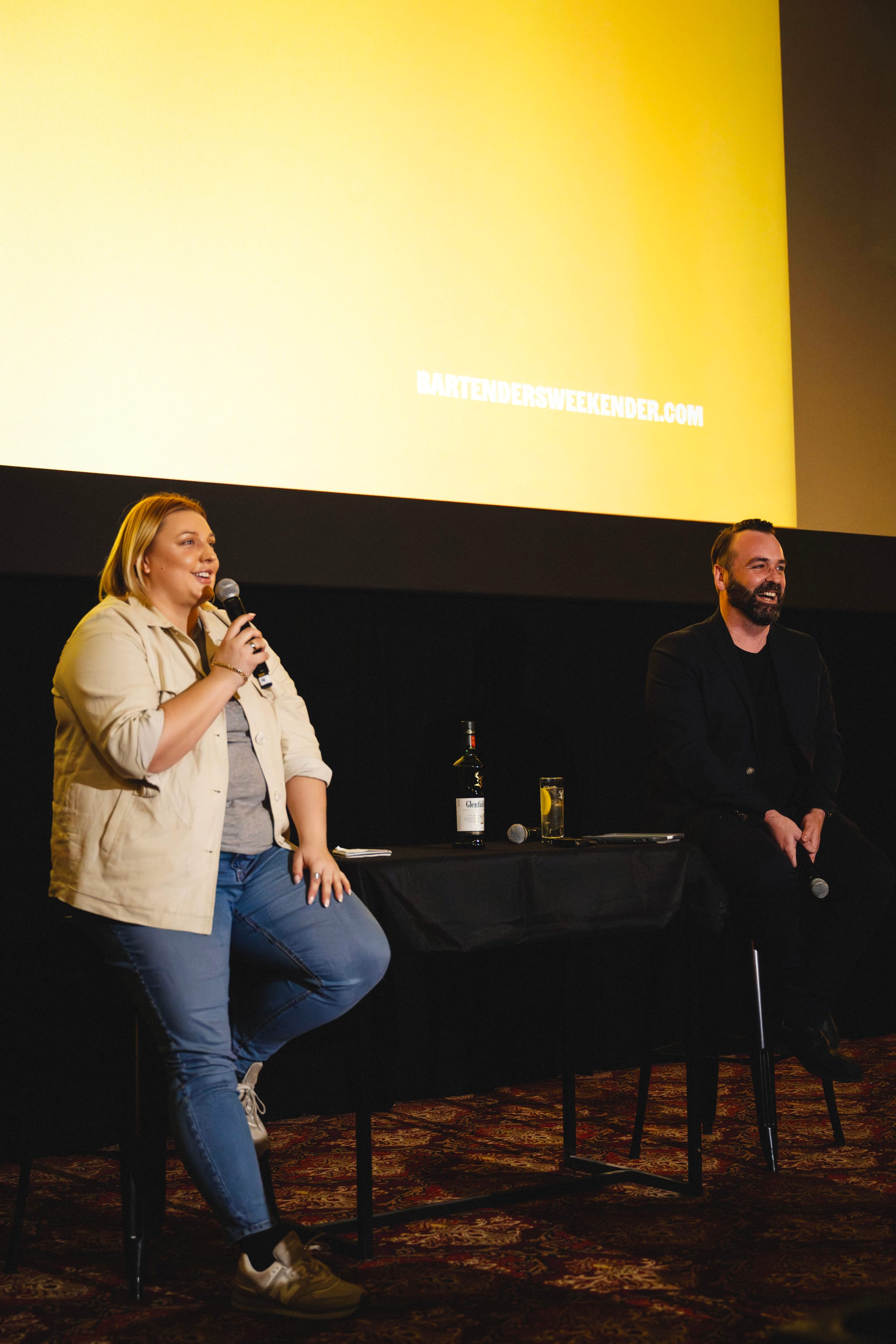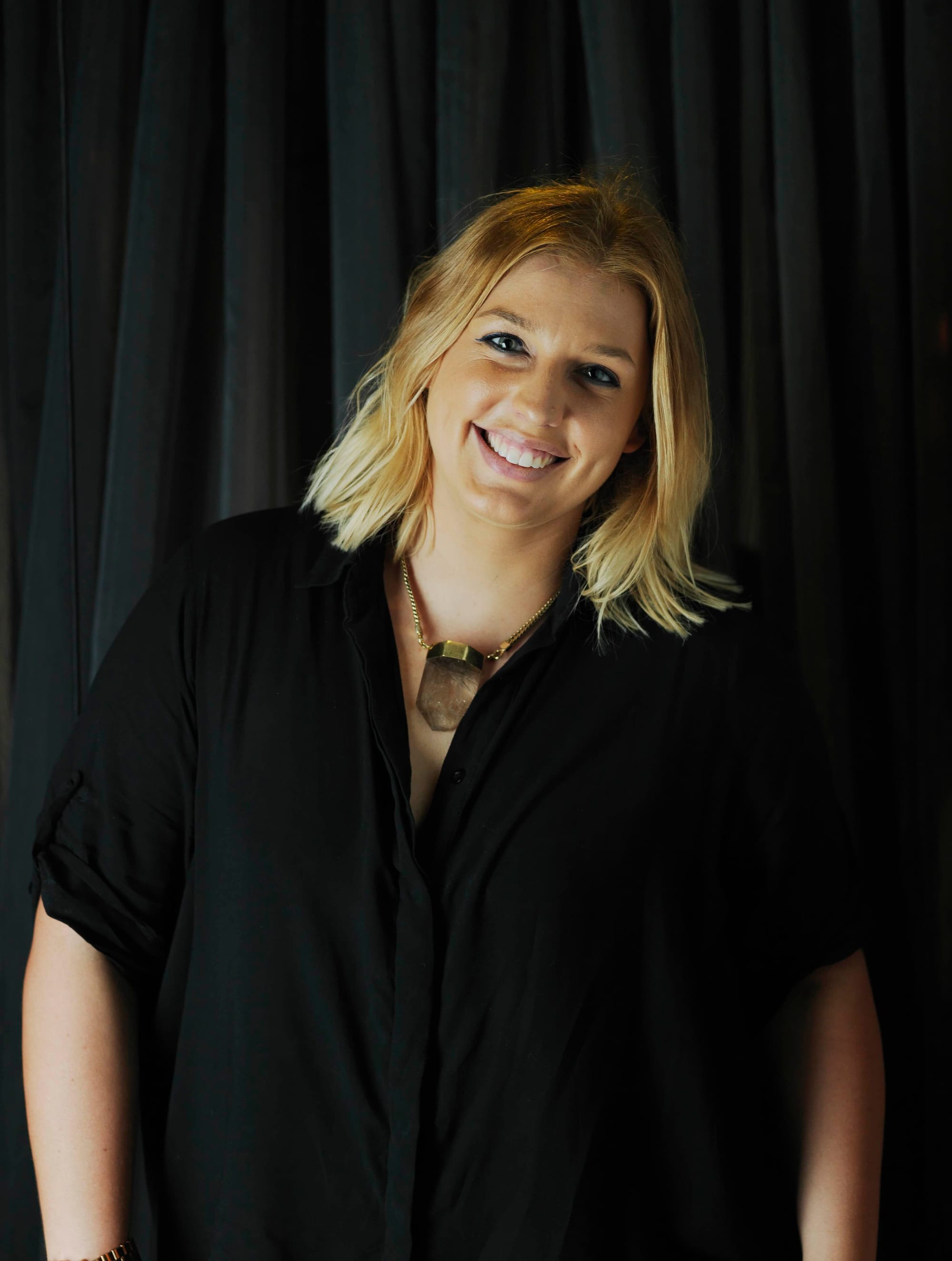‘That wine wankery makes people feel inferior,’ says Samantha Payne
Advice on wine and wine lists tailored to bartenders.

I’ve always found it interesting how bartenders can talk about fermentation, discuss in detail the different sizes of stills and what that means for a spirit, and recite variations in recipes from cocktail books that are 100 years old.
But when it comes to wine, they are often less familiar with the stuff. That’s an area bartenders haven’t traditionally put a lot of time into. That maybe be changing, I think — and generally the older the bartender, the more we talk wine than cocktails, which perhaps is a function of age more than anything else.
I had all that in mind when putting together the speakers and topics for the Better Bars Summit (which took place in Brisbane during Bartenders’ Weekender back in June) and could think of no-one better to get into the weeds of the wine world with than Samantha Payne.

Sam is a wine writer whose work has appeared in The Guardian, Decanter, Broadsheet, Concrete Playground and more, and she is the drinks writer for Gourmet Traveller; she’s also a sommelier, and a wine list consultant. She’s also a no bullshit communicator, and is great at communicating the excitement of wine without the wankery.
I interviewed Sam in from of the audience at the Better Bars Summit, and that recording is this week’s episode of Drinks At Work. It was one of my favourite sessions on the day — do give it a listen.
“You can’t drink a story.”
I love this quote from Sam — and I think it is largely true. You’ve got to get to a baseline of delciousness, before any of the marketing or storytelling around a brand becomes of any interest. In the chat, Sam is talking about this in relation to natural wine, and how — particularly in its earlier days of popularity — some often substandard wine was passed off as ‘natural’. Thankfully, Sam says, those wines are better made today.
“They’re not gonna pay exorbitant prices for it anymore.”
There was a time, as I talk to Sam about in the interview, when you could get away with charging crazy markups on wines that were a little less widely available. Today, however, everyone has a price check gun in their pocket, and as Sam says, they’re googling the retail cost of the wines on your list. That doesn’t mean you should be pricing your wines at the same price as they’ll be listed for in Dan Murphy’s, though — “they’ll accept the fact that obviously there’s glassware and electricity and all the things to get that wine in your glass,” Sam says.
“There’s four key ways that people buy wine and in order of priority.”
The first consideration will always be price, Sam says. “The next one is grape variety. The third one is region — and it ties a bit with brand — because as much as I love what I do in the wine industry, most people will tell you that wine scares the shit out of most people. They feel like they don’t know enough and there’s something about that wine wankery in regards to wine that makes people feel inferior.”
The solution? Be excited and passionate about your wines, but don’t be an ass about it.

